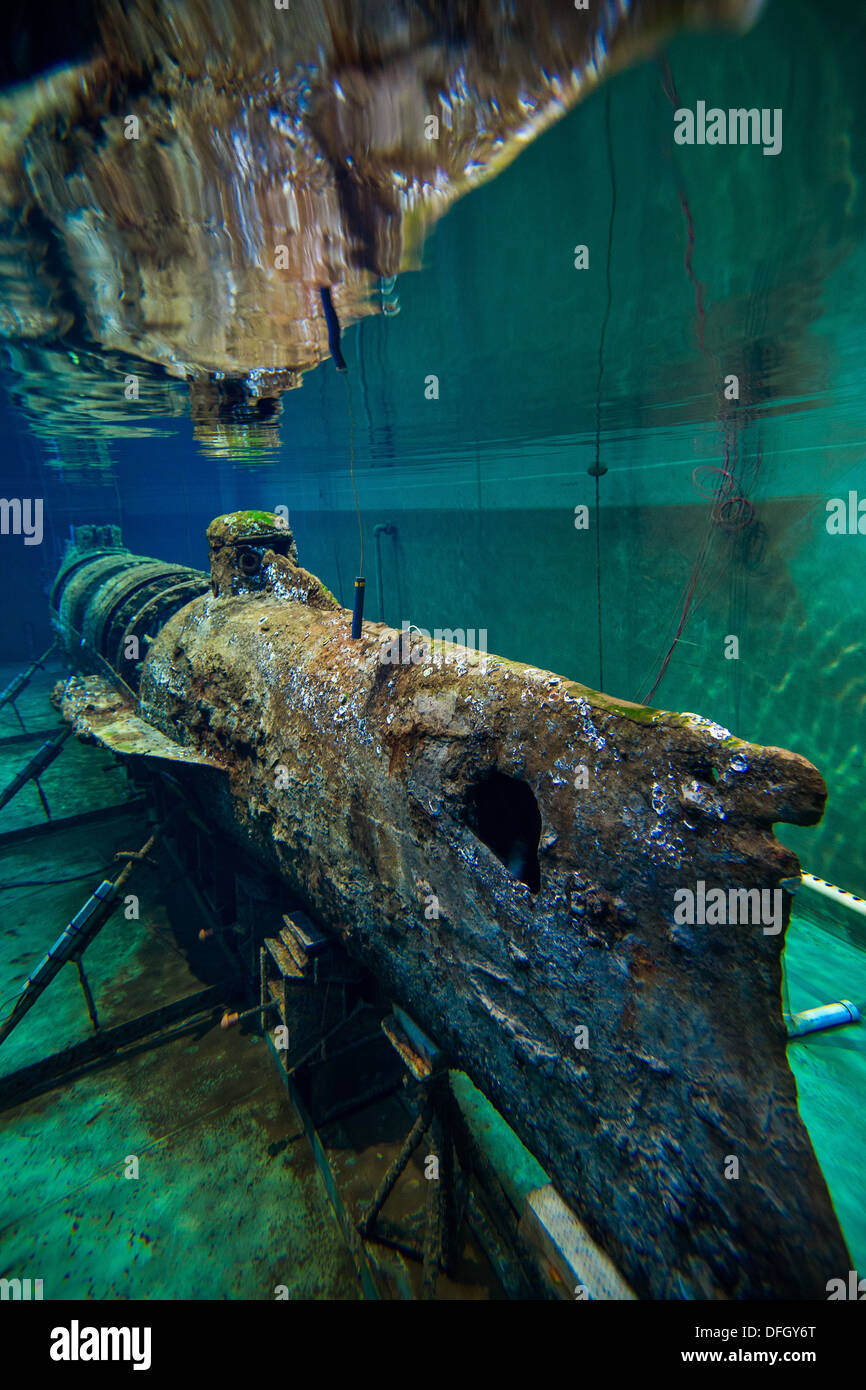

By that time the bodies of the trapped crew were so badly bloated and contorted that salvagers were forced to cut off limbs so they could extricate the men through the sub’s tiny hatchways.Īfter their recovery the bodies were transported by horse cart to the city’s maritime graveyard where they were buried in unmarked graves among dozens of other dead Confederate sailors and marines. Ten days passed before the craft was recovered. Four men escaped the sinking sub, but five others were trapped inside its iron hull and drowned. Hasker, who survived the accident, Hunley commander Lieutenant John Payne “got fouled in the manhole by the hawser and in trying to clear himself got his foot on the lever which controlled the fins.” Payne had just given the order for the boat to move out, and the submarine dove while its hatches were still open. The Hunley sank for the first time during a freak accident in Charleston Harbor on August 29, 1863. “It seems he was very contorted, with parts of him dismembered and put back into place.” “He’s a mess,” Jonathan Leader, spokesman for the South Carolina Institute of Archaeology and Anthropology, said of the first skeleton found. “There are cut marks on the arms, like a saw or sharp object was used to cut the bone,” said volunteer digger Randy Burbage of the Confederate Heritage Trust, one of several reenactors who took part in the excavation. Proof that the remains were of Hunley sailors came from the fact that all four bodies were dismembered, with rough chop and hack gashes on the leg and arm bones. The four Hunley sailors were found in two unmarked pits–their coffins stacked on top of each other near the home bleachers’ C-gate entrance, parallel to the 20 yard-line. According to the note written by the city’s recording clerk, however, the council had approved the relocation of only the headstones. A 1947 vote by the city council gave Charleston’s stadium commission permission to move all the graves to nearby Magnolia Cemetery, where more than 1,100 soldiers from all over the Confederacy are buried. The disappearance of the cemetery was apparently the result of a clerical error. The skeletal remains were found among two dozen other graves in a long-lost Confederate cemetery paved over and forgotten when 21,000-seat Johnson Hagood Stadium was built in 1948. Hunley’s first crew buried beneath the Citadel’s football stadium in Charleston, South Carolina. Two of the South’s great loves–college football and the Confederacy–came together in July when archaeologists confirmed the discovery of four members of the submarine C.S.S.
#Pioner ii hunley submarine free#
Free parking is offered on site, and you should allow about an hour and a half to tour everything.Hunley Crewmen Found - December 1999 Civil War Times Feature Close Buying tickets online in advance is highly recommended. Tickets are available at the entrance on a first come first serve basis, but often sell out. Tours are only offered on Saturday and Sunday, so scientists can continue to work on preserving the Hunley during the week.

The remains of the crew were laid to rest in a large ceremony in 2004. This time, the submarine was lost for 136 years until it was recovered in 2000.

Damage from the torpedo explosion also caused damage to the Hunley, causing it to sink, killing all eight crew members on board. The Housatonic sank in about five minutes, killing 5 of its 155 crewmen.

On Feb 17, 1864, the Hunley submarine rammed a spar with an attached torpedo into the USS Housatonic, a Union ship in the Charleston Harbor. The sub was recovered and again returned to service. It then sank again two months later, killing all eight crew members, including the submarine's inventor Horace Hunley. The submarine was raised and returned to service. The submarine was on one of its first training missions on August 29, 1863, when it sank, killing five crew members. The Hunley Submarine was a Confederate sub and the first to sink a warship.


 0 kommentar(er)
0 kommentar(er)
